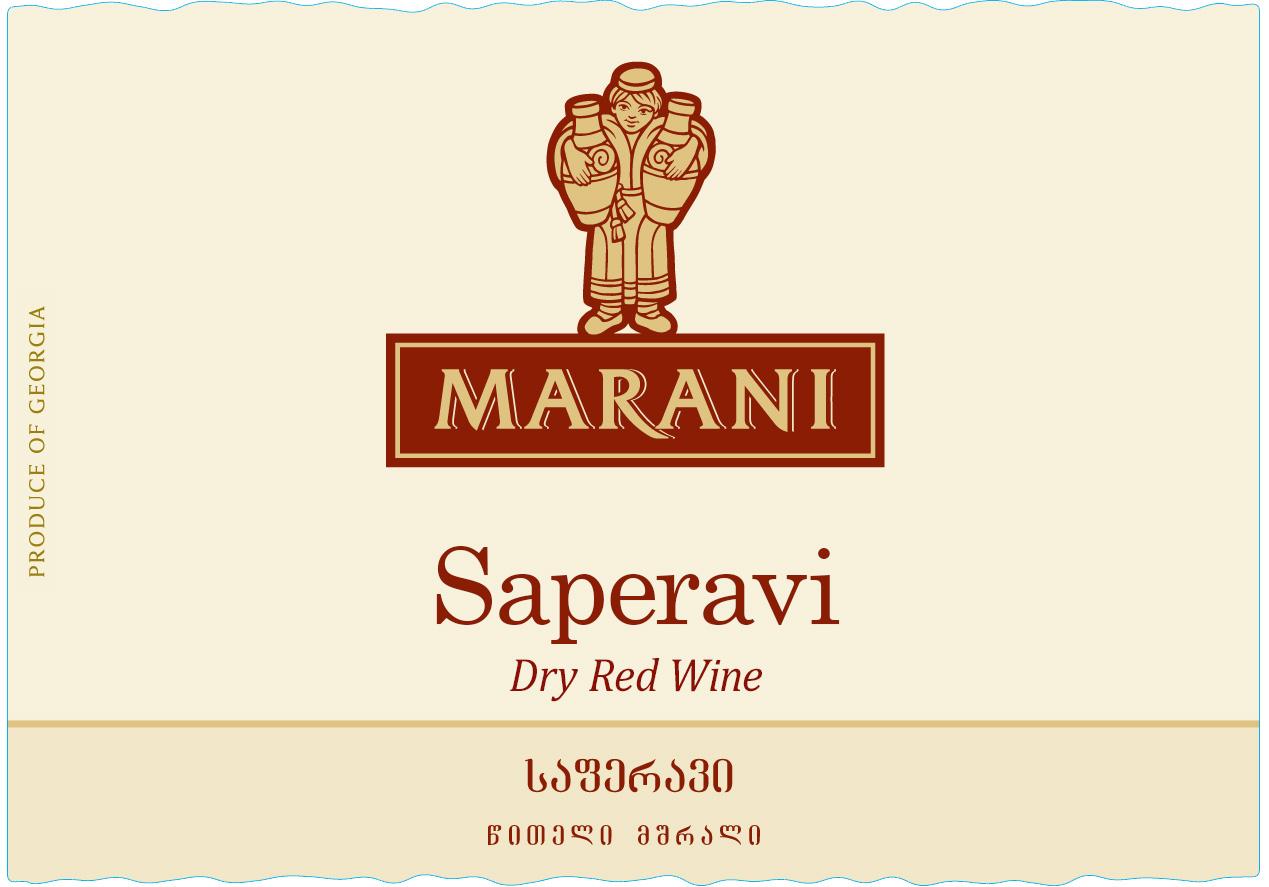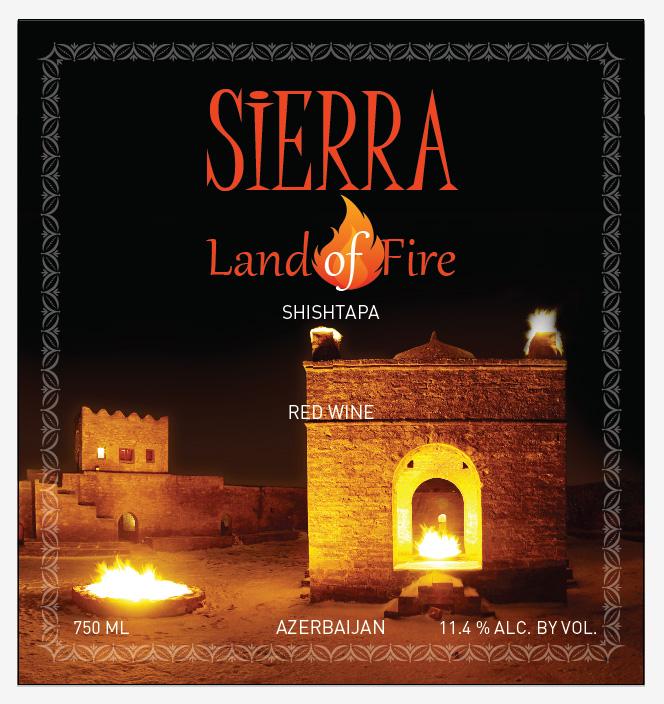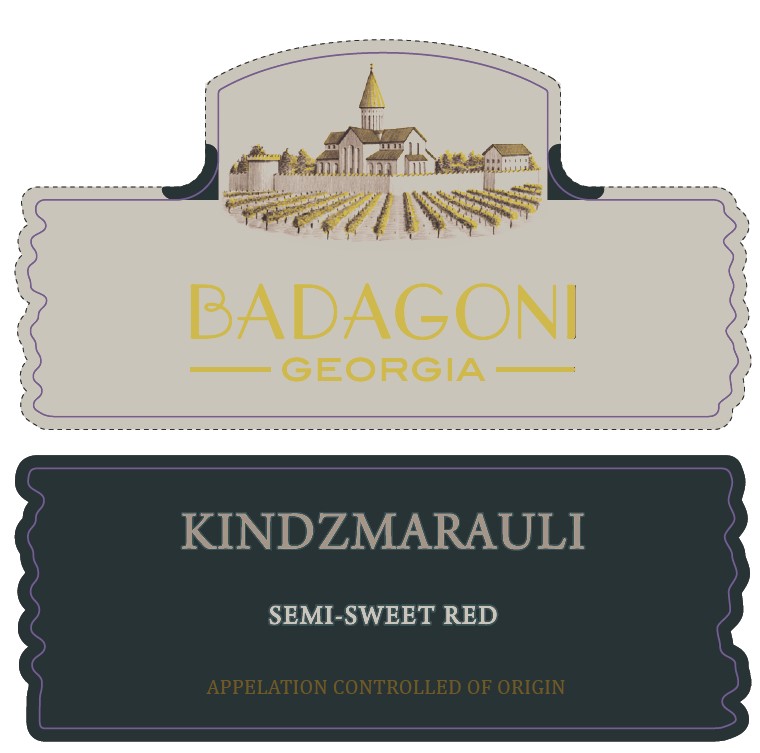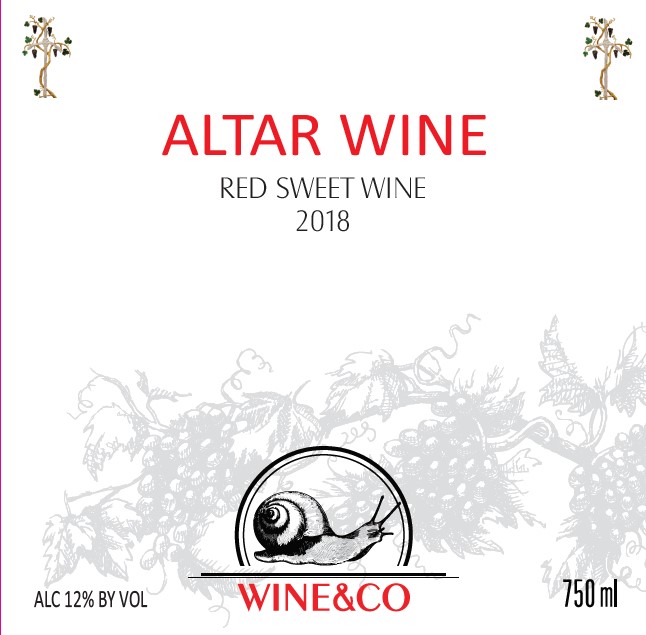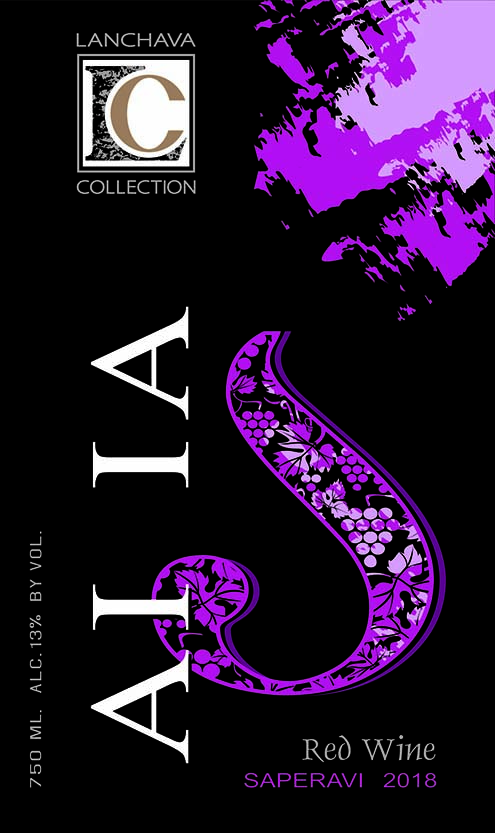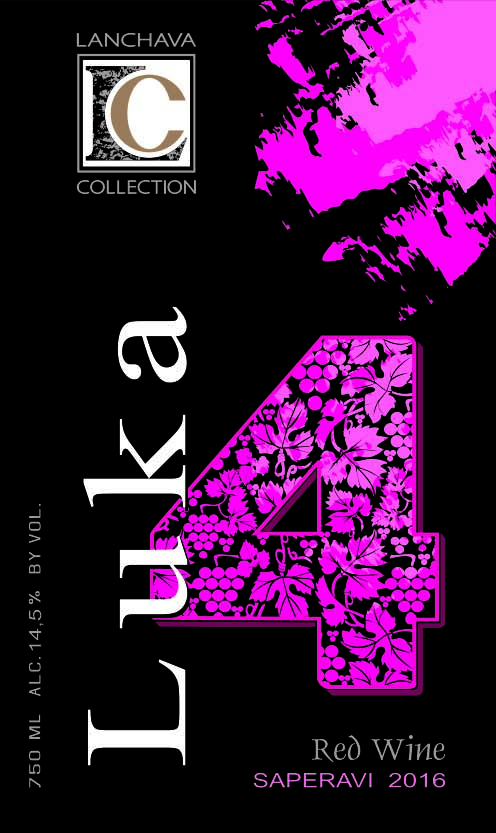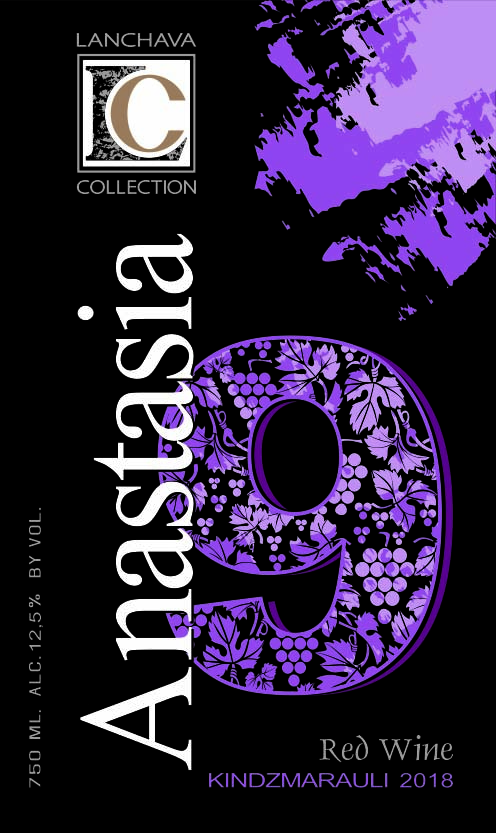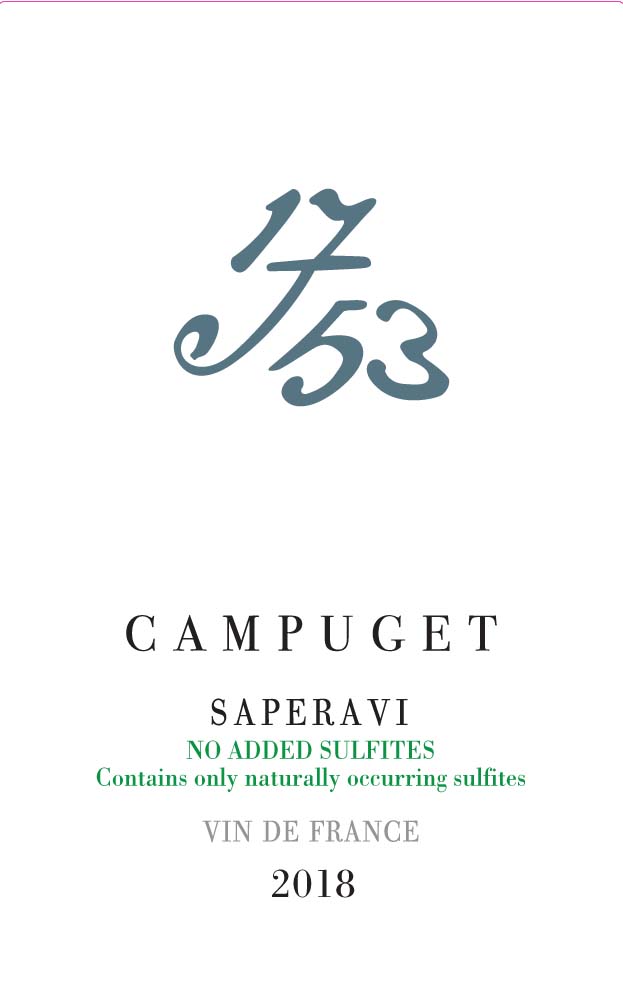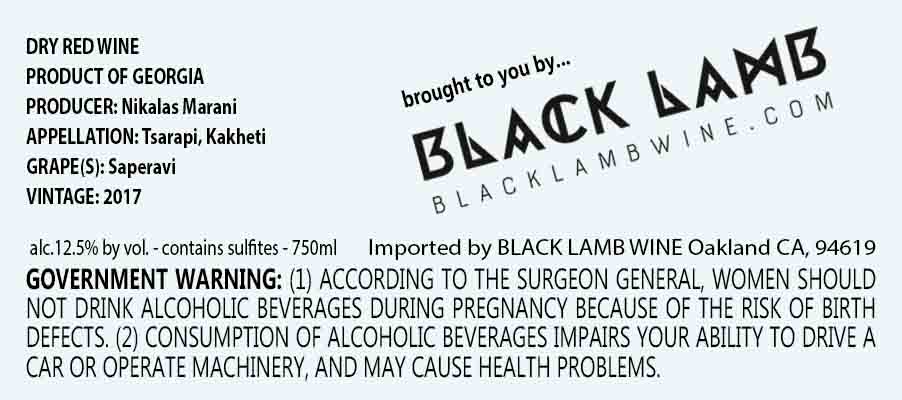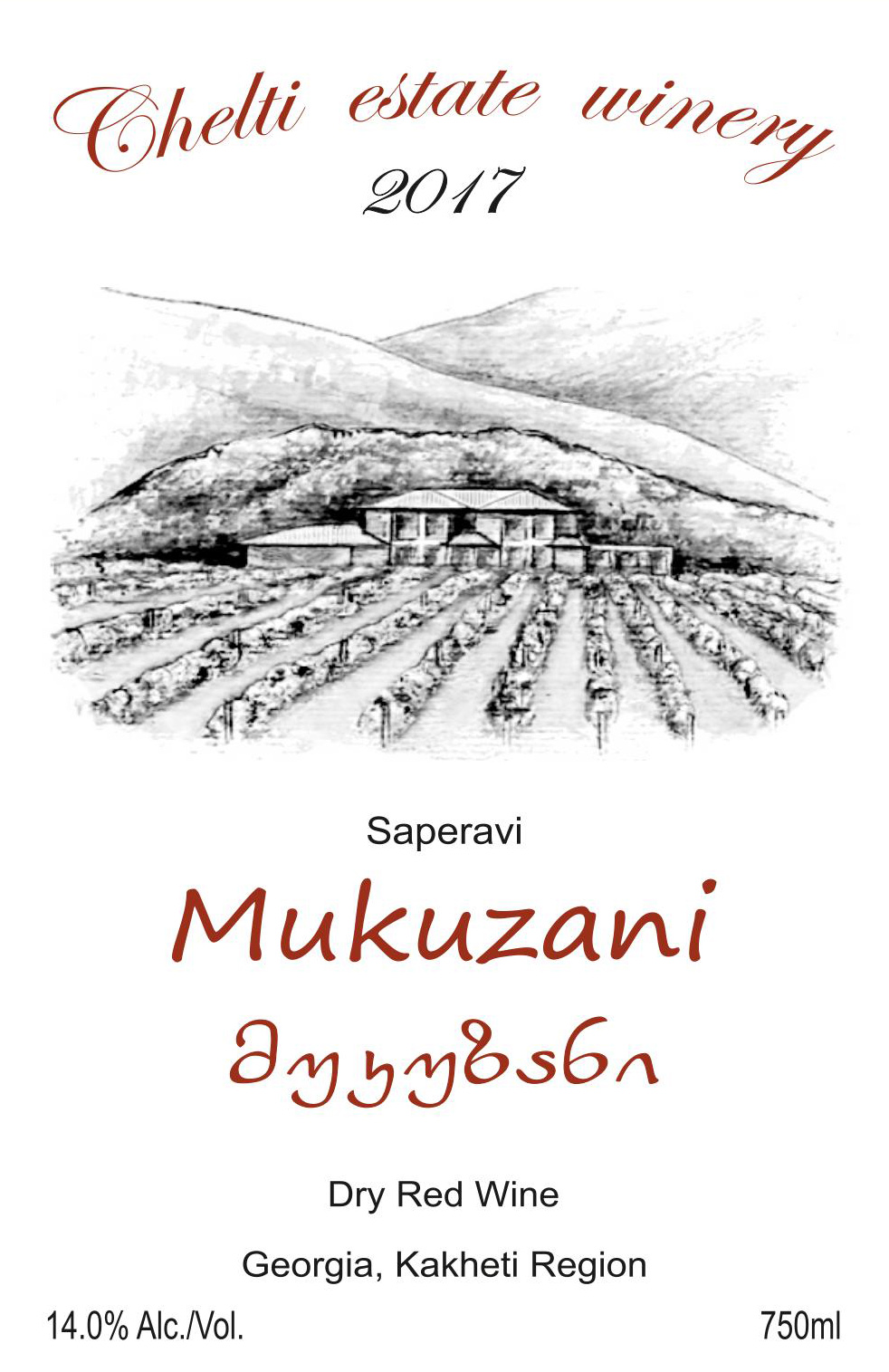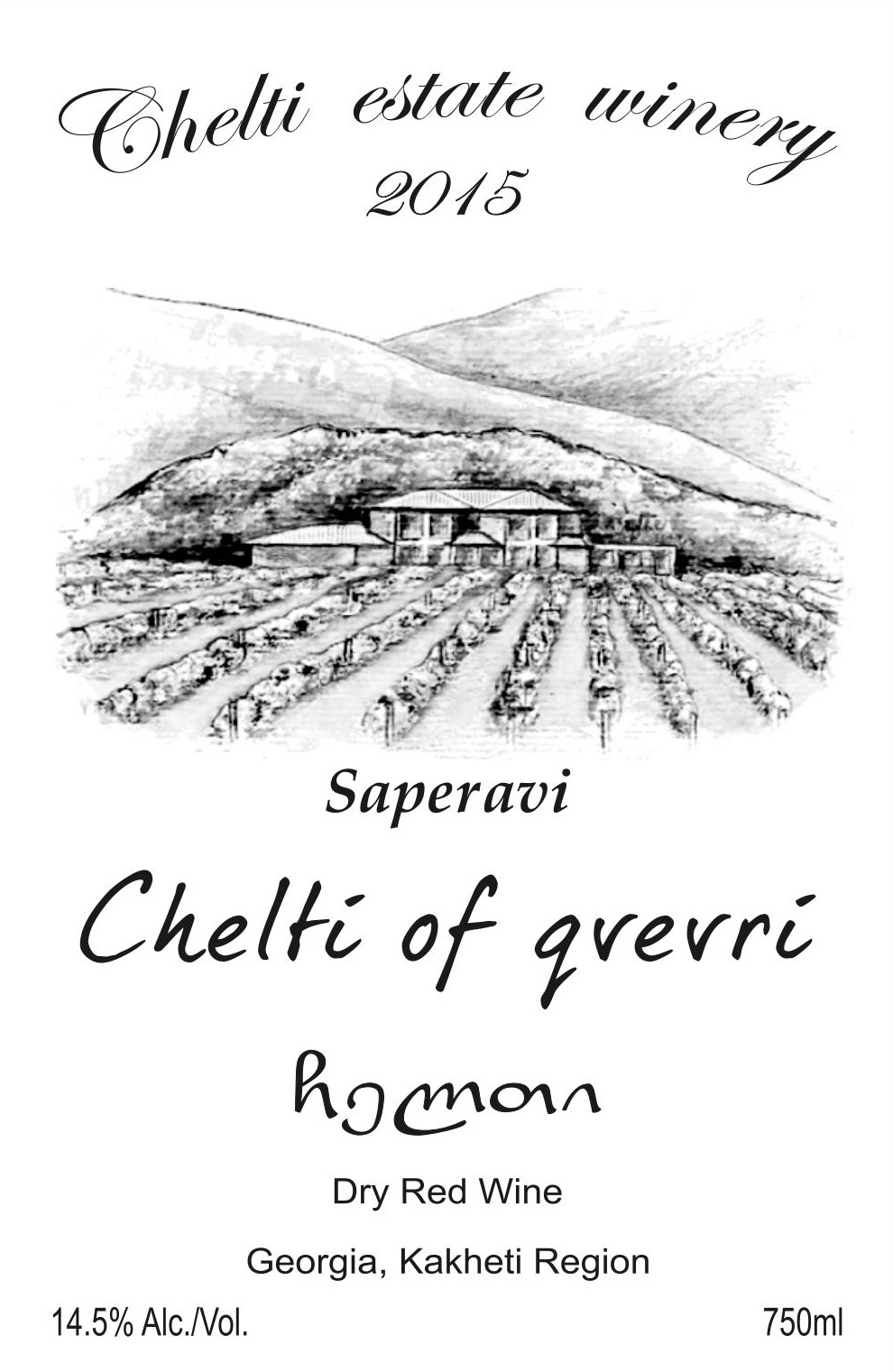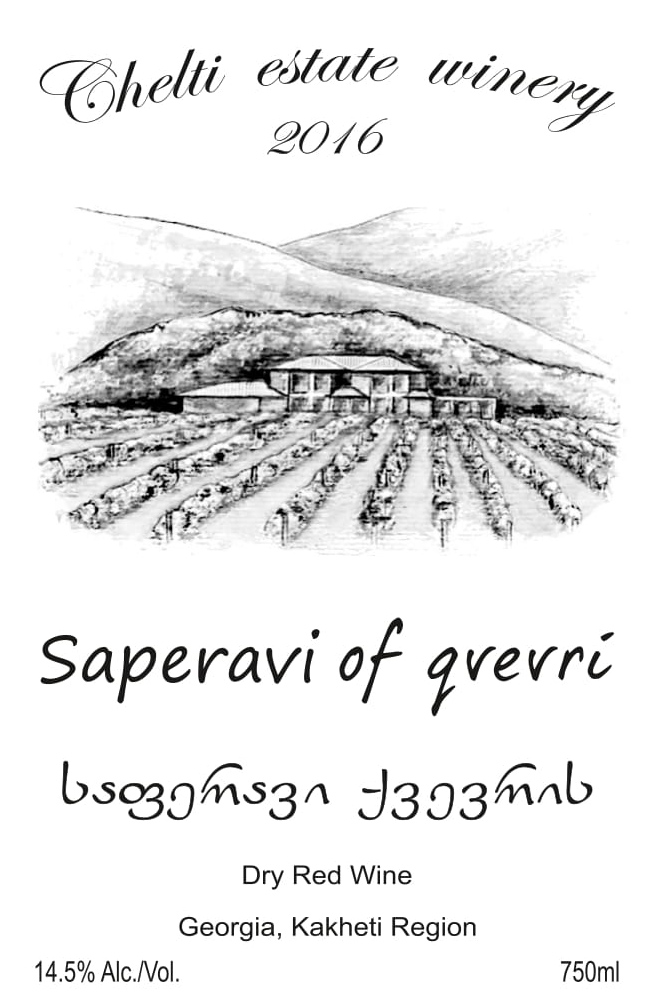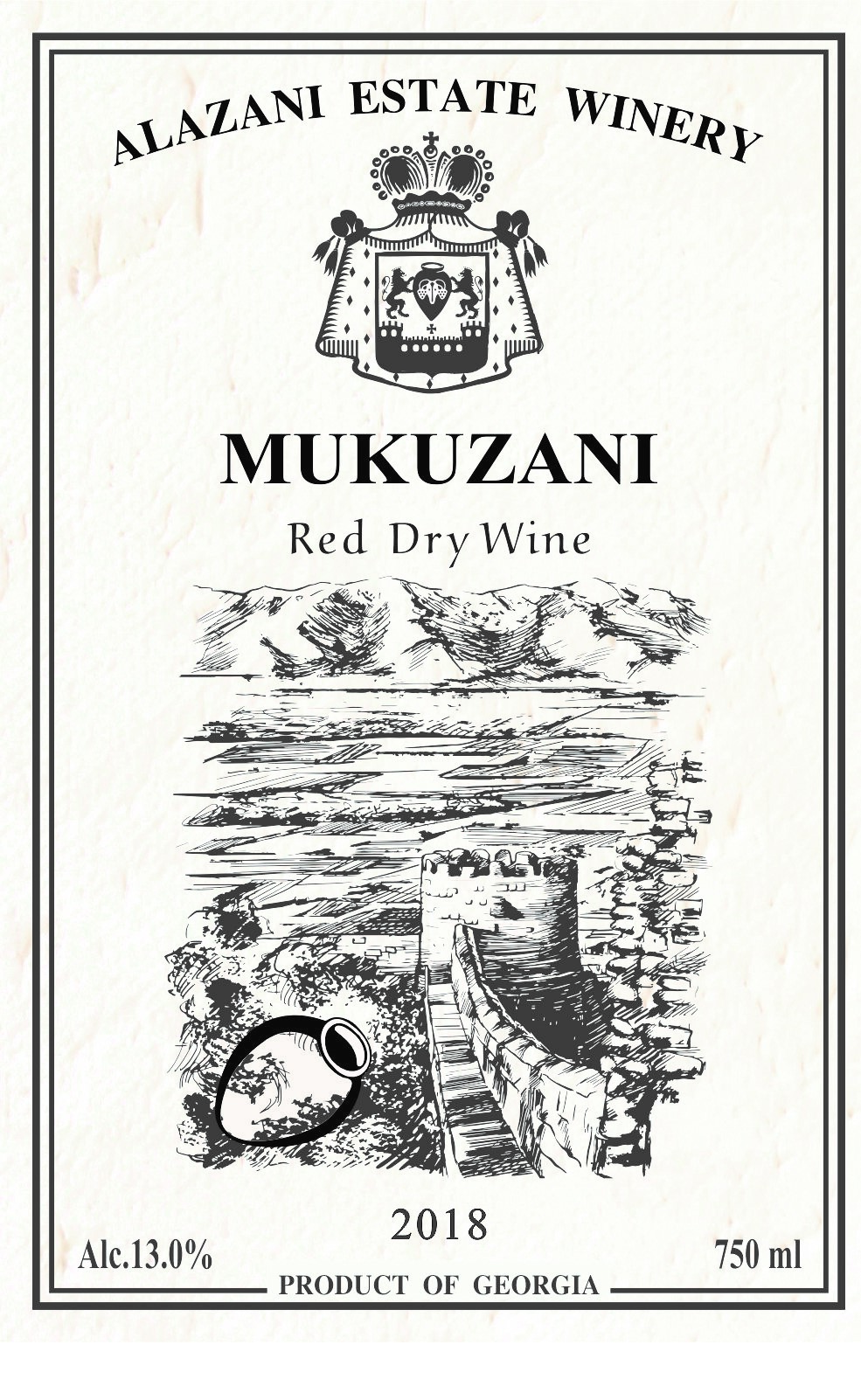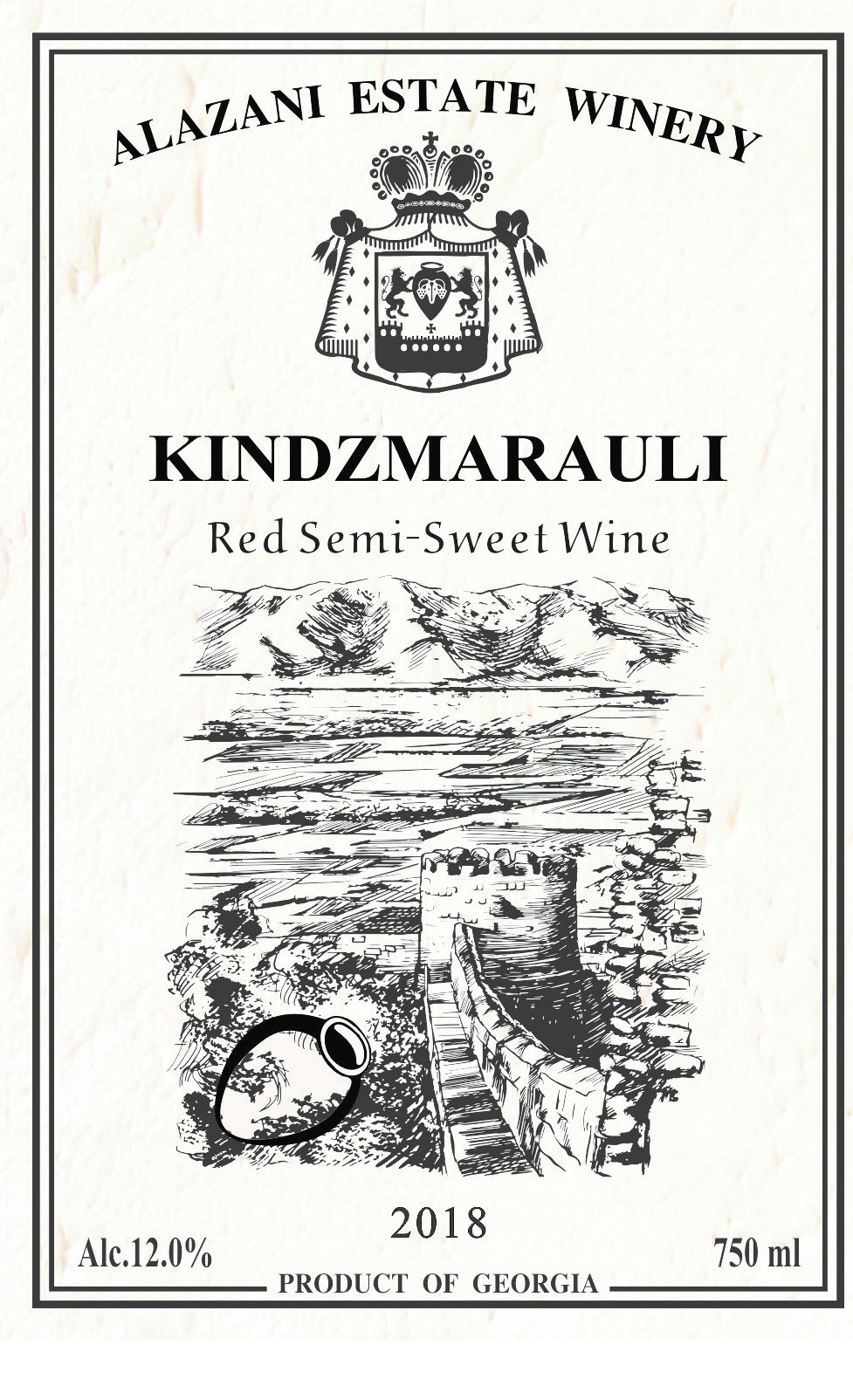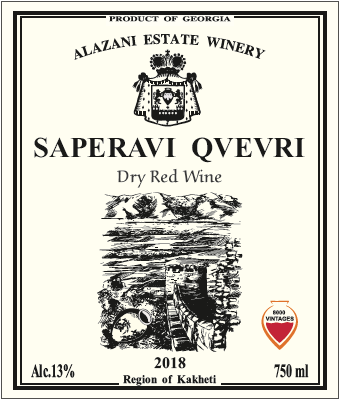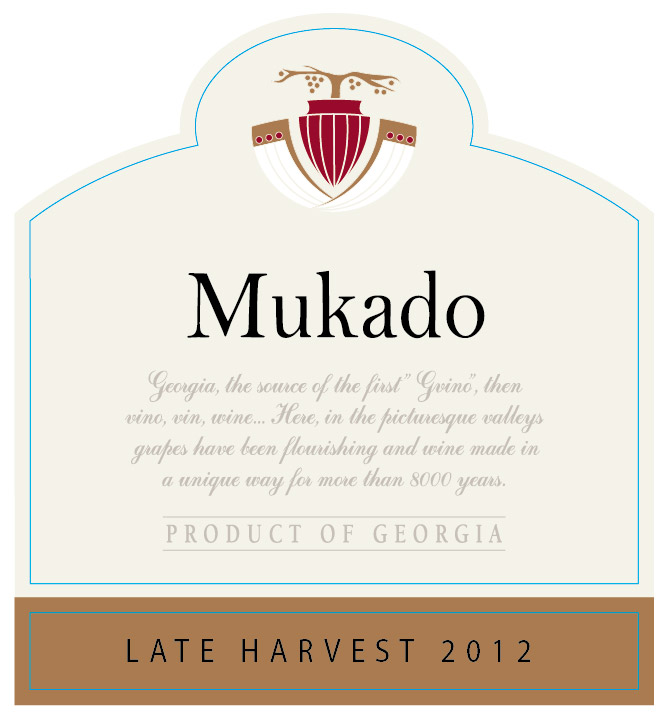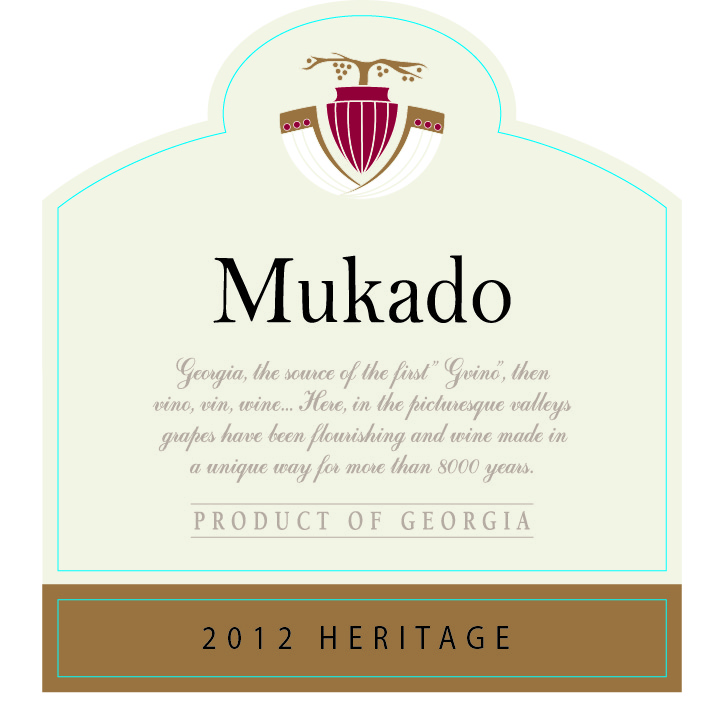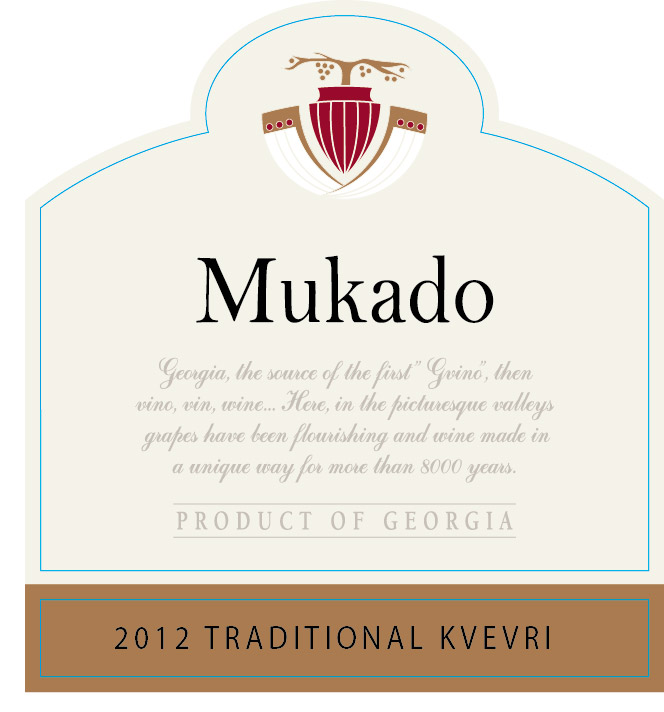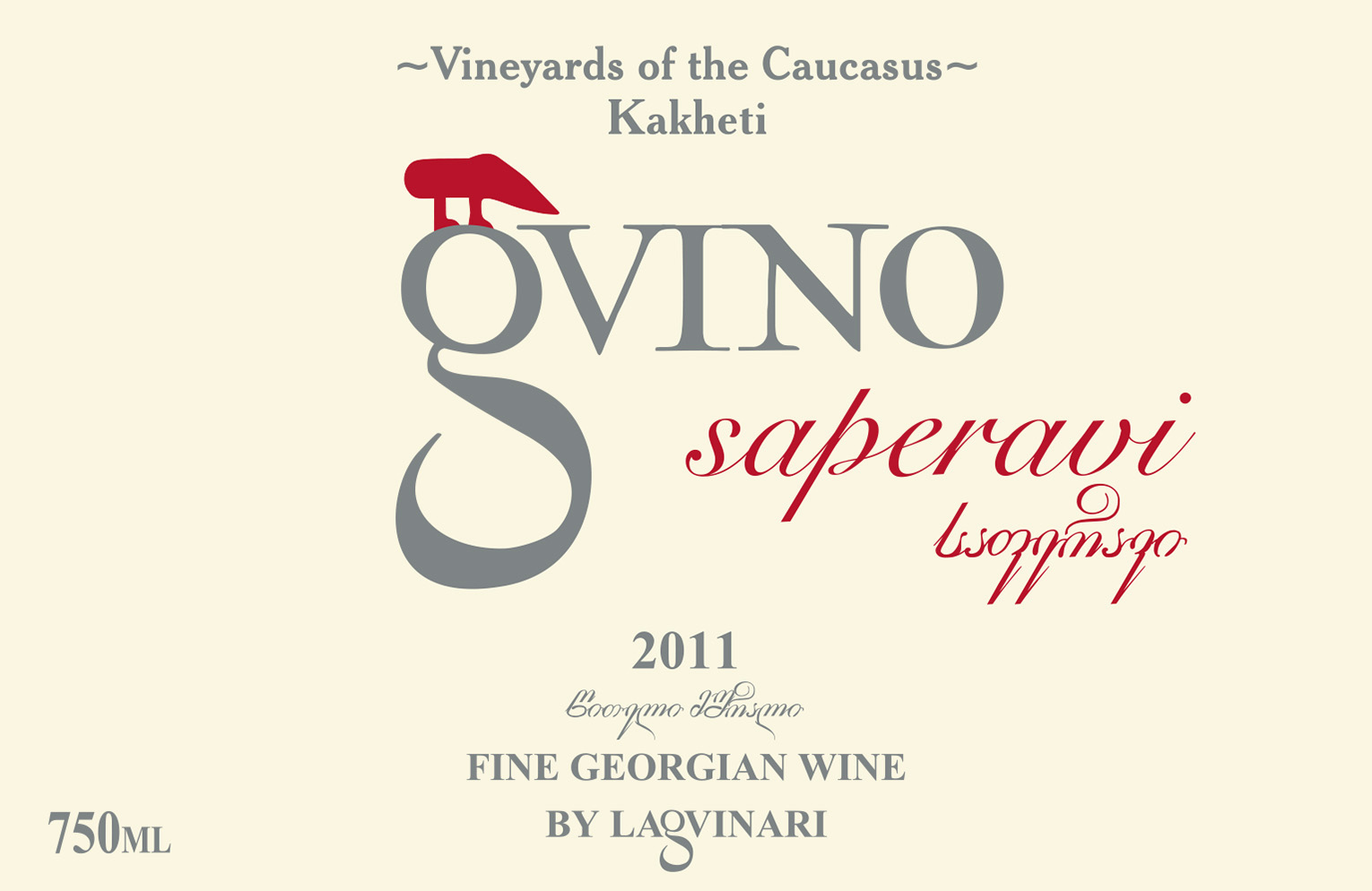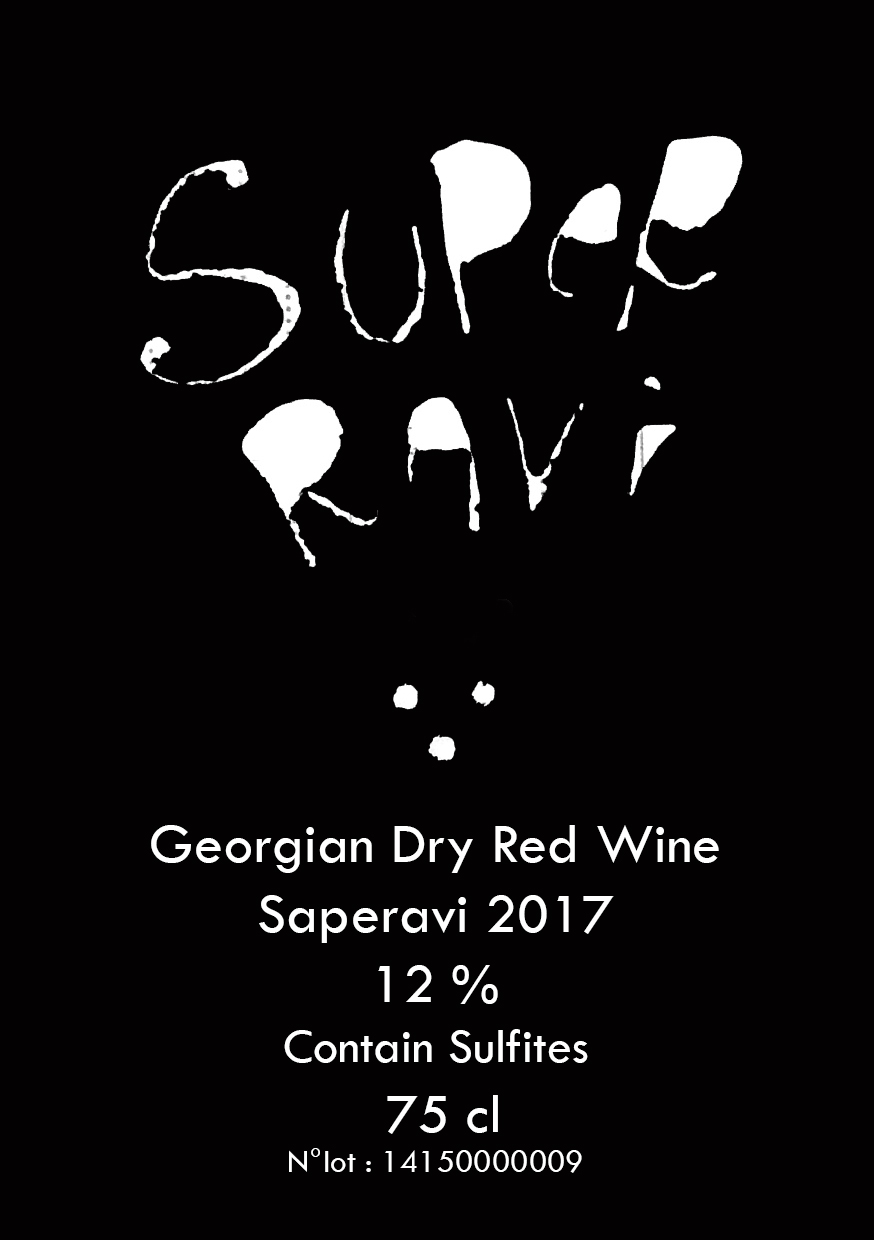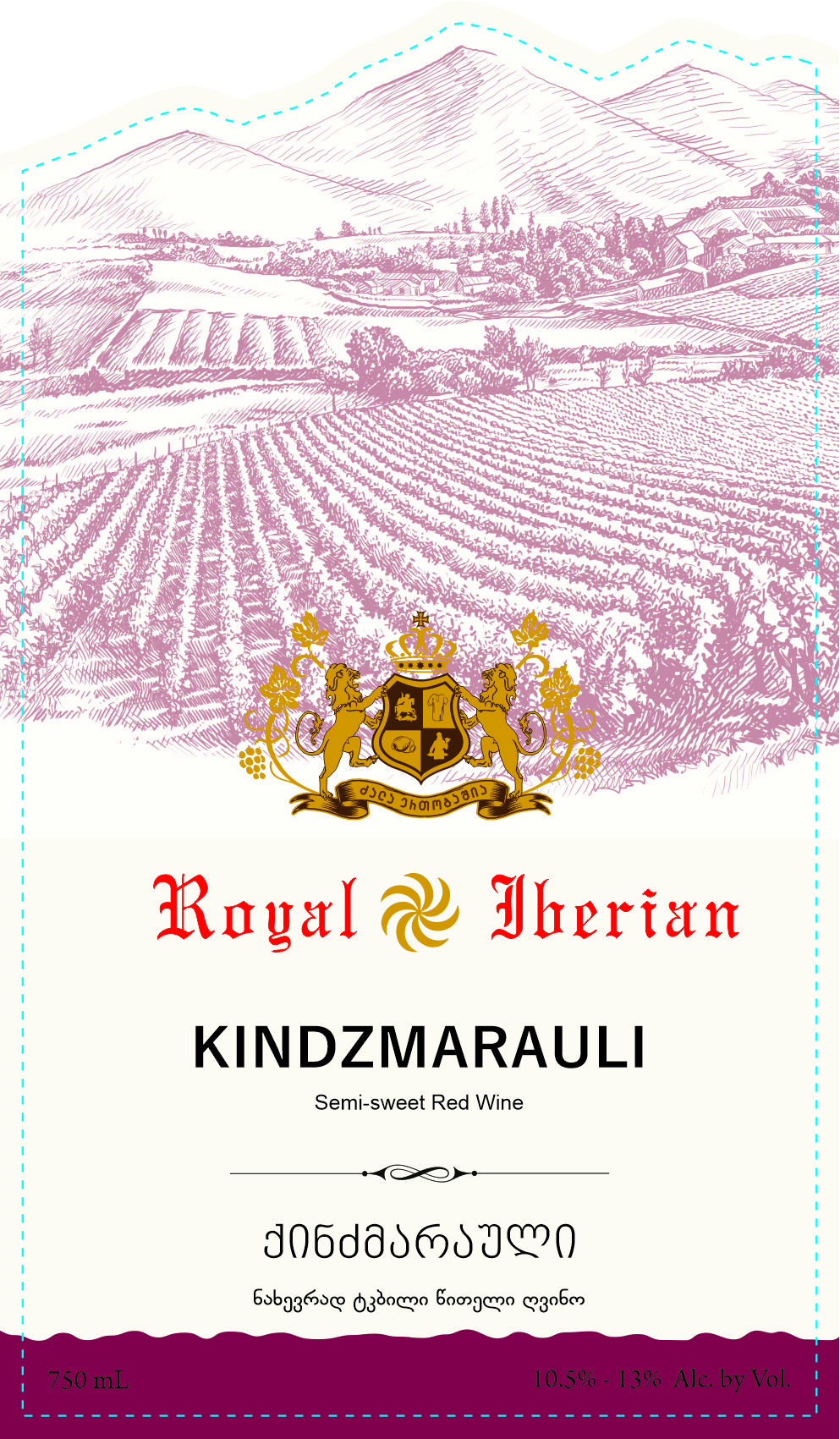Characteristics of Saperavi
Saperavi stands out for its deep, nearly opaque color, thanks to its thin-skinned, medium to large, red-fleshed (teinturier) berries, and is prized for its exceptional cold hardiness—making it ideal for high-altitude or cooler climates. In the vineyard, the grape’s moderate vigor and loose clusters lend good disease tolerance, while restricting crop yields results in higher-quality fruit.
Saperavi’s naturally high acidity, typical alcohol levels (ranging from 10.5–15% ABV), and late ripening create bold, layered wines that range from dry to semi-sweet (like Kindzmarauli), rosé, or even fortified styles. Traditional qvevri methods—with extended skin, seed, and sometimes stem contact—produce earthy, savory wines, while modern techniques using stainless steel or oak highlight juicy dark fruit and spice, offering a broad spectrum for every palate.
What Does Saperavi Taste Like?
Saperavi is notable for its full-bodied, deeply pigmented, and often opaque appearance—a result of its rare teinturier grape nature, which imparts a striking inky ruby to purple-garnet hue. Its flavor profile bursts with high-acid, high-tannin structure and dense dark fruit notes such as blackberry, blackcurrant, plum, and dark cherry, while red fruit, banana, or tropical hints may occur from specific fermentation esters but are not typical.
Savory nuances of black pepper, licorice, earth, leather, and tobacco are joined by subtle smoke, and oak aging can add vanilla, cedar, or chocolate accents; with age or decanting, the sometimes astringent tannins mellow and the wine develops meaty, dried fruit, and floral notes. Thanks to modern winemaking, historical off-aromas like acetone or paint are now rare, allowing Saperavi's layered complexity and vibrant freshness to shine through.
Notable Region Saperavi Grows In
Saperavi’s ability to thrive in different climates and winemaking traditions has resulted in a wide range of wine styles around the world, each with its own unique character.
-
Georgia (Kakheti): The original home of Saperavi, where both traditional qvevri and modern methods create deeply colored, structured wines ranging from dry to semi-sweet and sweet, always showing vibrant acidity and earthy complexity.
-
Moldova: Home to the world’s largest Saperavi vineyard area, Moldova uses the grape for both blends and varietal wines, highlighting its versatility without focusing on a single stylistic profile.
-
Russia (Rostov region): Russian Saperavi, especially from the Northern Saperavi clone, is prized for its resilience in harsh winters and produces tannic, age-worthy reds—often sweet but sometimes dry.
-
Australia (King Valley, McLaren Vale): Australian producers craft full-bodied, textural Saperavi with bold dark fruit, high acidity and tannins, spice, and excellent aging potential, reflecting a distinctly New World style.
-
United States (Finger Lakes, NY): Saperavi is gaining recognition in the Finger Lakes, where the cool climate brings out the grape’s natural acidity and structure.
Food Pairings
Saperavi’s bold structure and lively acidity make it an ideal partner for a wide range of rich, flavorful foods that highlight its depth and complexity.
-
Hearty Proteins & Georgian Classics: Grilled steaks, roasted lamb, and game meats like venison bring out Saperavi’s robust tannins, while traditional Georgian dishes such as Mtsvadi (grilled meat skewers) and Khinkali (spiced meat dumplings) are natural companions, allowing the wine’s freshness to balance savory, well-seasoned meats.
-
Stews, Braises & Rich Sauces: Slow-cooked meals like lamb goulash or beef stew, as well as dishes finished with creamy or cheese-based sauces, pair beautifully with Saperavi; its acidity cuts through richness and its full body stands up to bold flavors.
-
Aged Cheeses & Charcuterie: Strong cheeses such as aged cheddar or blue cheese, along with smoky charcuterie boards, are elevated by Saperavi’s intensity, as the wine’s structure complements both the saltiness and fat of these foods for a balanced, satisfying experience.


